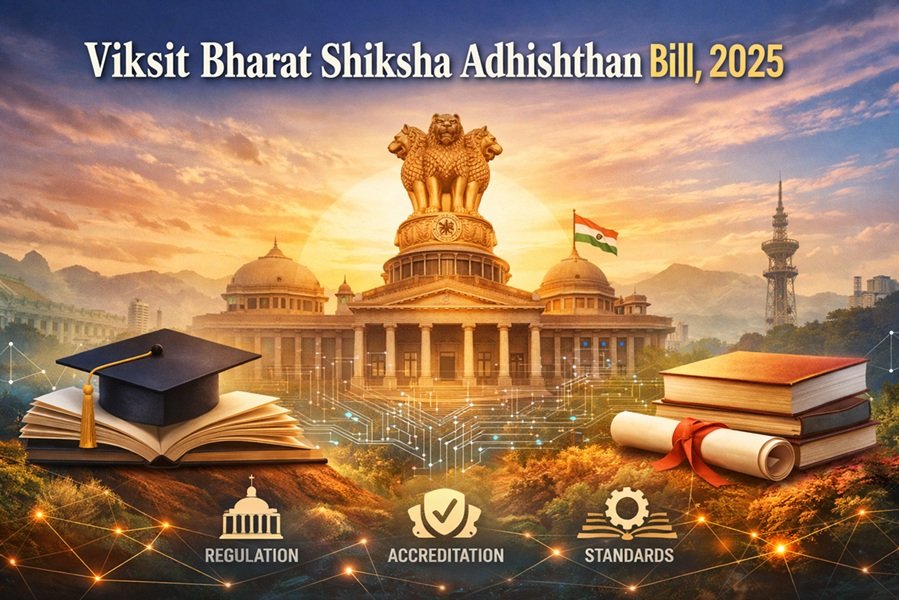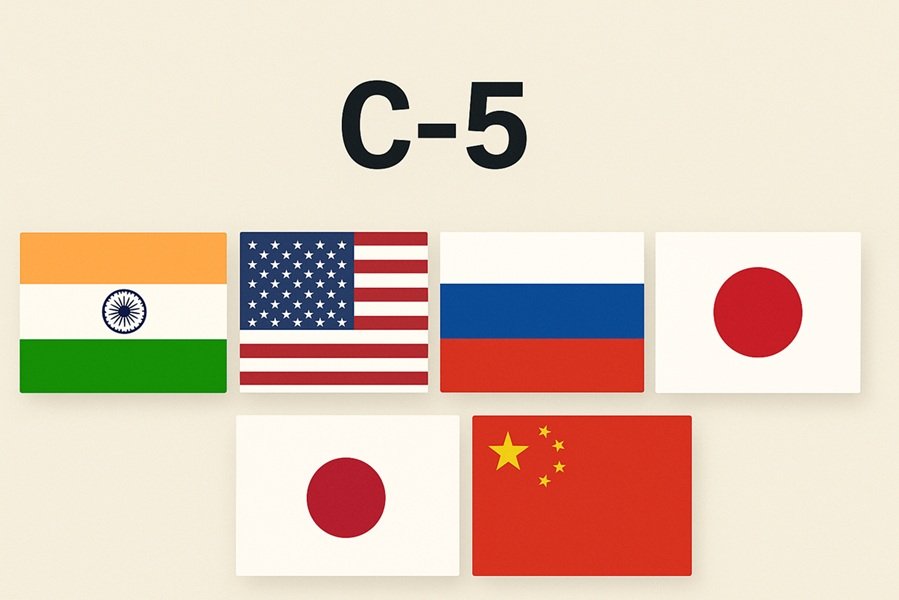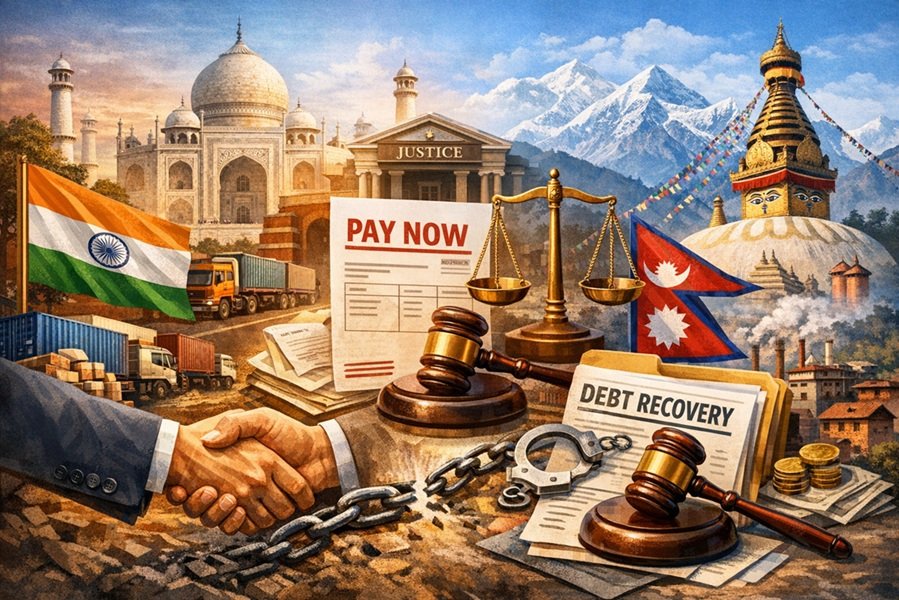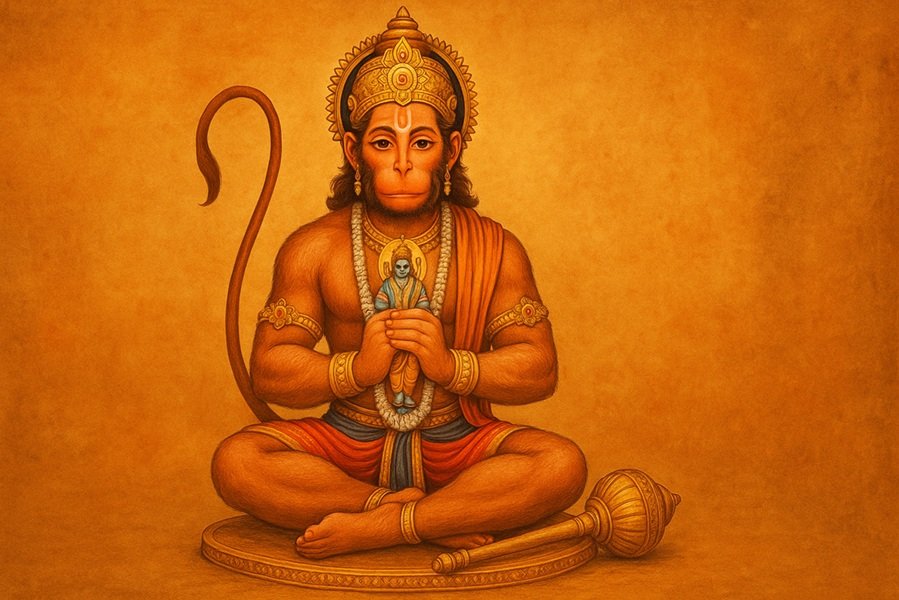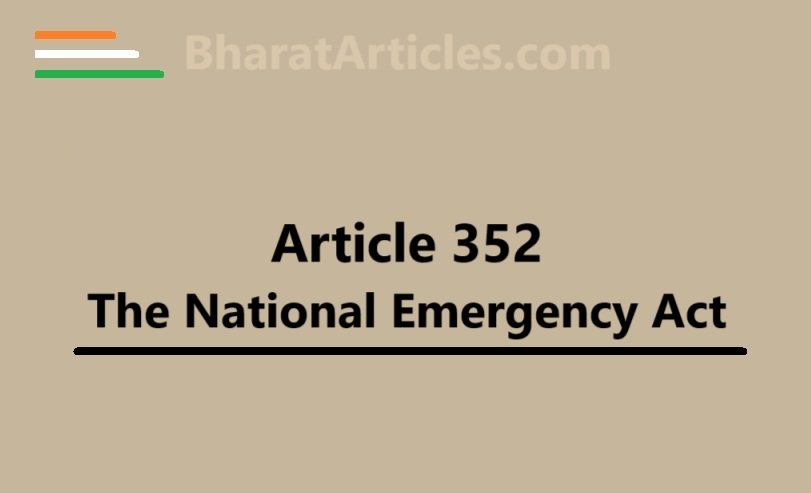
Introduction
Article 352 of the Indian Constitution provides the framework for imposing a national emergency in the country. This provision grants extraordinary powers to the central government during times of grave crisis, allowing it to override normal constitutional procedures to maintain national security and integrity. This article explores the provisions, implications, and judicial interpretations of Article 352.
Understanding Article 352
Article 352 empowers the President to declare a national emergency if he or she is satisfied that there is a threat to the security of India due to war, external aggression, or armed rebellion.
Text of Article 352:
- If the President is satisfied that a grave emergency exists whereby the security of India or any part of it is threatened, either by war, external aggression, or armed rebellion, he may, by proclamation, declare a state of emergency.
- Such a proclamation must be approved by both Houses of Parliament within one month. If approved, it remains in force for six months and can be extended indefinitely with parliamentary approval every six months.
- The President can revoke the emergency at any time by issuing a subsequent proclamation.
Key Features of Article 352
- Trigger Conditions: A national emergency can only be declared in case of war, external aggression, or armed rebellion.
- Parliamentary Approval: The emergency must be approved by both Houses within one month of its proclamation.
- Effects on Fundamental Rights: Fundamental Rights under Article 19 are automatically suspended, and other rights may also be restricted.
- Impact on Federalism: The central government assumes greater control over state governments, diminishing their autonomy.
- Duration and Revocation: An emergency lasts for six months but can be extended with parliamentary approval. The President can revoke it at any time.
Judicial Review and Landmark Cases
Several landmark cases have shaped the interpretation of Article 352:
- Kesavananda Bharati v. State of Kerala (1973): The Supreme Court ruled that constitutional amendments during emergencies must not alter the basic structure of the Constitution.
- S.R. Bommai v. Union of India (1994): This case reinforced that the proclamation of emergency is subject to judicial review.
- Minerva Mills v. Union of India (1980): The Court held that emergency powers cannot be misused to destroy constitutional principles.
Controversies and Criticism
- 1975 Emergency: The most controversial use of Article 352 was in 1975 when then Prime Minister Indira Gandhi declared an emergency citing internal disturbances. It led to widespread political suppression and is often cited as an example of misuse of power.
- Threat to Democracy: Critics argue that Article 352 concentrates excessive power in the hands of the executive, posing a threat to democratic governance.
- Erosion of Federalism: During an emergency, states lose their autonomy, reducing the federal structure of India.
44th Amendment and Safeguards
To prevent misuse, the 44th Constitutional Amendment (1978) introduced key safeguards:
- The term “internal disturbances” was replaced with “armed rebellion” to limit the scope of emergency declarations.
- The President must act based on the written advice of the Cabinet.
- Parliament must approve the emergency within one month instead of two months.
- The continuation of the emergency requires re-approval every six months.
Conclusion
Article 352 provides the central government with sweeping powers to tackle grave threats to national security. However, its past misuse has highlighted the need for strong checks and balances. While the 44th Amendment introduced safeguards, continued vigilance is necessary to prevent any potential abuse of emergency provisions in the future.
Read also: A Comprehensive Guide to Article 75 of the Indian Constitution
